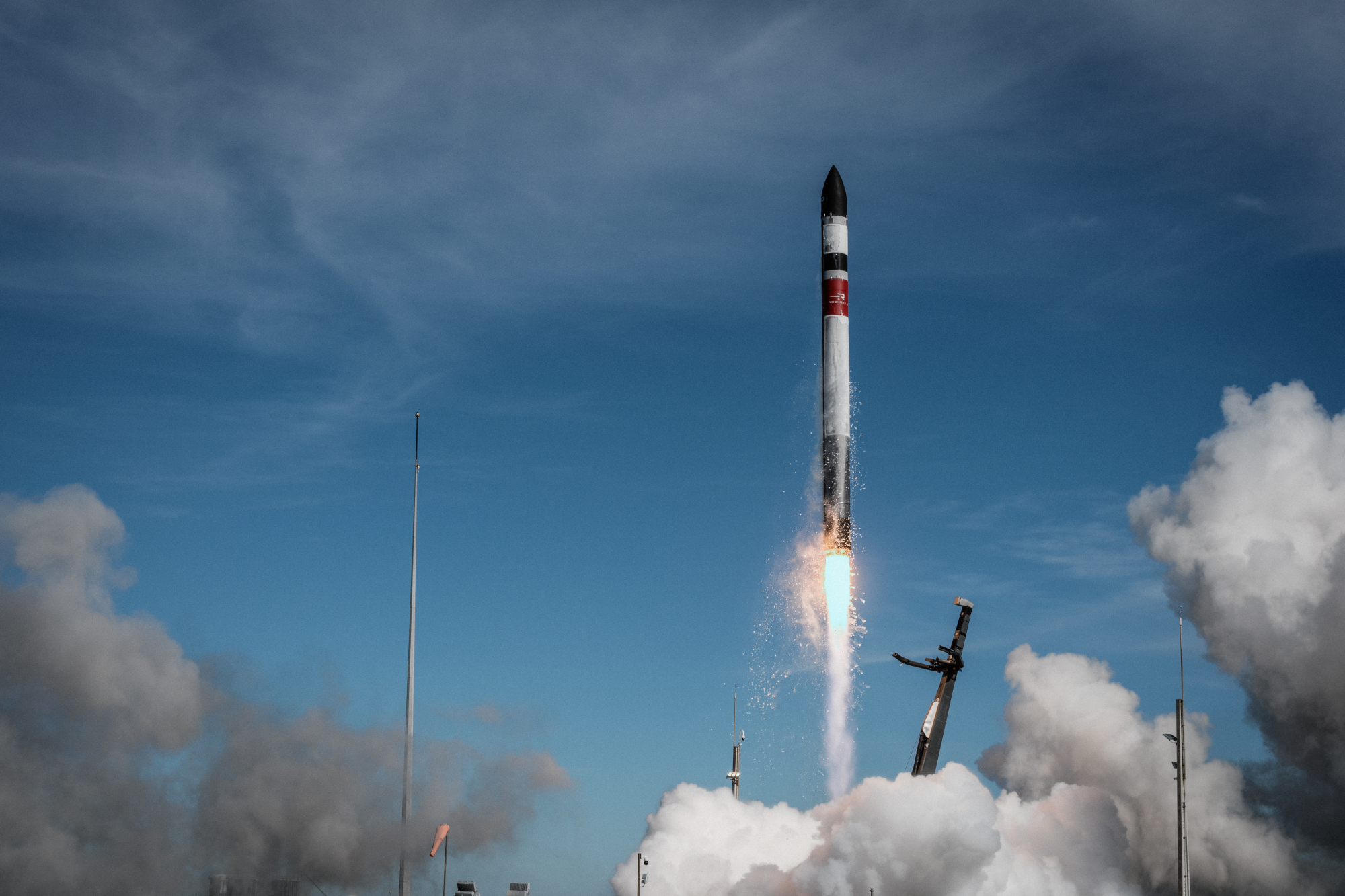Rocket Lab Successfully Deploys Satellites ~500km Apart to Separate Orbits For KAIST and NASA
Rocket Lab USA, Inc. (Nasdaq: RKLB) (“Rocket Lab” or “the Company”), a global leader in launch services and space systems, deployed two satellites to two different orbits approximately 500km apart on its 47th Electron mission.
The “Beginning Of The Swarm” (B.T.S.) mission lifted-off from Rocket Lab Launch Complex 1 in Mahia, New Zealand at 10:32 NZST on April 24th, 2024 with payloads for the Korea Advanced Institute of Science and Technology (KAIST) and NASA. The primary payload, NEONSAT-1 by KAIST, was first deployed by Electron to a 520km circular Earth orbit before Electron deployed NASA’s Advanced Composite Solar Sail System to a higher circular orbit at 1,000km.
NEONSAT-1 will perform Earth-observation of the Korean Peninsula for KAIST, which will then pair the satellite’s data with artificial intelligence to monitor for natural disasters in the region. NEONSAT-1 is the first of 11 satellites for KAIST’s planned constellation to image the Korean Peninsula several times daily.
The second mission deployed today was NASA’s Advanced Composite Solar Sail System, which is a technology demonstration of new materials that use sunlight to propel a spacecraft. Much like a sailboat is powered by wind pushing against a sail, solar sails employ the pressure of sunlight for propulsion to move around. This mission plans to test how well new composite booms unfurl the sail from the spacecraft – which is about the size of a toaster – to an area about the size of a small apartment. Data from this mission will be used for designing future larger-scale composite solar sail systems for space weather early warning satellites, asteroid and other small body reconnaissance missions, and missions to observe the polar regions of the sun.
The capability to deploy two satellites more than 500km apart on the same launch is enabled by Electron’s Kick Stage, a small stage with engine relight capability to enable last-mile delivery. After deploying NEONSAT-1, Electron’s Kick Stage completed multiple in-space burns of its Curie engine to raise its apogee and circularize its orbit before deploying the Advanced Composite Solar Sail System spacecraft. The Kick Stage then completed a fourth and final engine light to perform a deorbit maneuver that returned the stage closer to Earth to speed up its eventual deorbit, helping to reduce long term orbital debris.
Today’s successful mission was Rocket Lab’s fifth launch of 2024, continuing Electron’s streak as the United States’ second-most frequently launched rocket annually.
Details of Rocket Lab’s next Electron mission will be announced shortly.
